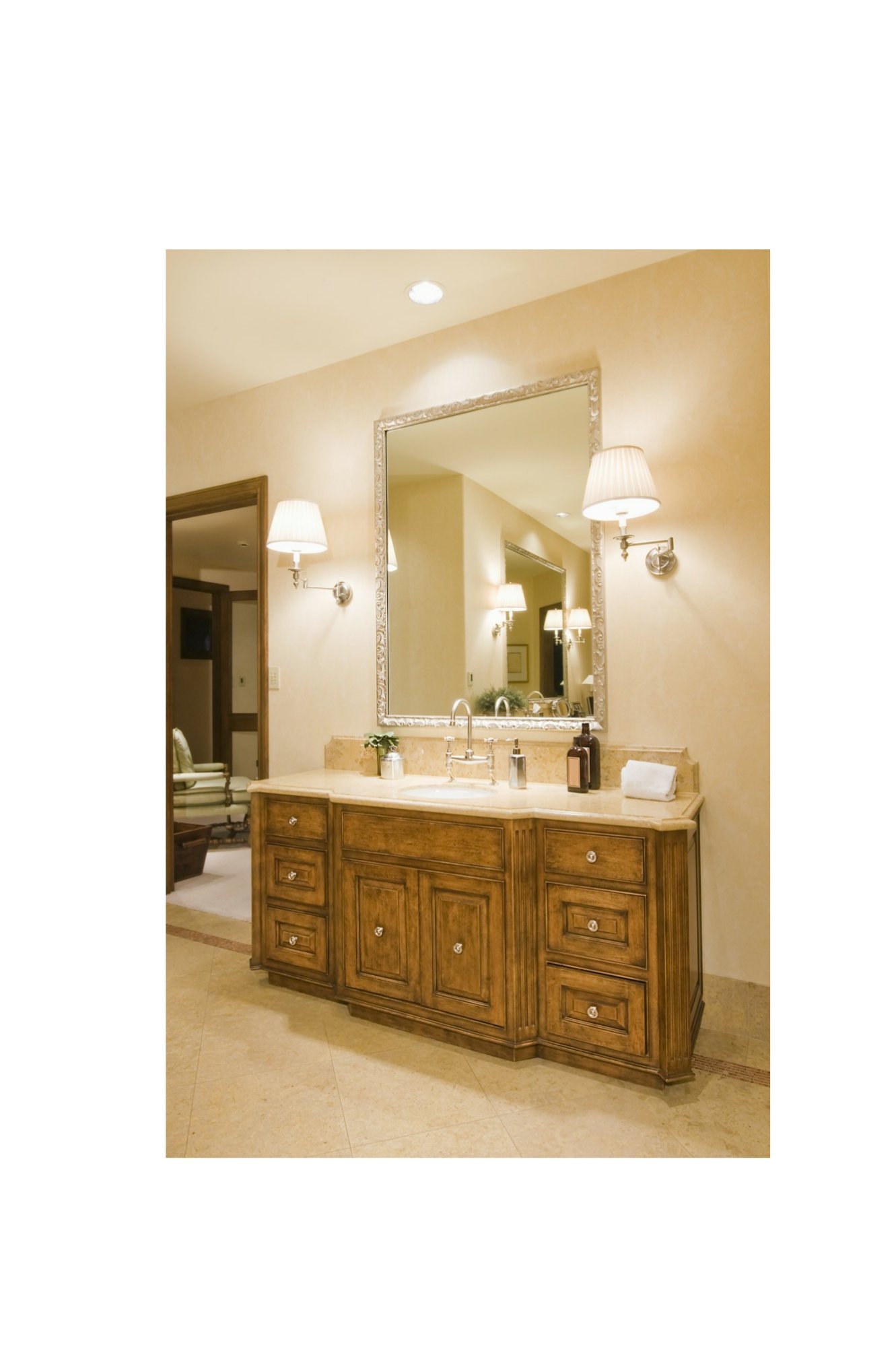Choosing light fixtures for the home can be a daunting task. In the previous post, you read about light bulbs and how lighting can change the mood in your home. Now that you have an idea of lighting needs in your home, picking out fixtures is the next step. The perfect pendant fixture over your kitchen table, or the ideal floor lamp will make your home cozy or stylish.
Choosing Light Fixtures for the Home
Metal
Choose one dominant metal throughout the home. Once you’ve decided on the metal, or identified it, try to go with that same metal for most of your fixtures. Mixing and matching a little bit, however is ok. This helps narrow down the type of finishes you want your light fixtures to have.
Types
Don’t limit yourself to just table lamps and pendants. Wall sconces can be used in living rooms and bathrooms. Chandeliers can be used in foyers and hallways. Think outside of the box when choosing lighting for your space.
- Wall sconces
- Pendant fixtures
- Table lamps
- Floor lamps
- Recessed lighting
- Task light
- Chandelier
Location
Location determines the light fixtures you install in specific areas of the home. For instance, in open concept rooms, lighting can complement each other but doesn’t have to be the same fixture. Lamps go well with recessed can lighting in bedrooms. Wall sconces, in lieu of table lamps, are perfect for limited space in living rooms.
Light Fixtures in Dining Areas and Kitchens
When hanging fixtures in dining areas and kitchens, there are measurement guides that are helpful. Rather than just “eyeballing it”, use these as a guide to know you’re getting the installation right.
Hanging lights above tables:
- fixture hangs 30 inches above the table
- seven feet between light fixture and floor
- centered over table if in a dining area
- small pendants centered evenly above a kitchen island
- fixture diameter measures 1/12 of the overall room width
- if possible, center the chandelier with a window

Bathroom sconce lighting around this vanity mirror, paired with recessed lighting, creates a cozy bathroom feel.
Light Fixtures in Bathrooms
The source of light in the bathroom is mostly located around the mirror, a focal point. Bathroom sconces or light fixtures above the vanity are appropriate and useful sources of light.
Hanging lights in bathrooms:
- If the mirror is twenty-four inches (or more), the light should measure the same width as the mirror
- Hang lighting with 75-80 inches between the floor and the bottom of the fixture
Don’t forget to use daylight bulbs in bathrooms for ideal lighting.
Light Fixtures in Living Rooms
Living rooms allow for a lot of variety with lighting. Overhead lighting, sconces, floor lamps, table lamps, and recessed can lighting all find their ways into living rooms. Most of these fixtures and light sources compliment each other, making mixing and matching effortless.
The biggest take away for living room lighting is to balance. If you have an overhead light or a chandelier, balance that with a floor lamp or two, or some large and wide table lamps. Recessed can lighting in living rooms with vaulted ceilings pairs well with wall sconces on either side of a couch and floor lamps near additional seating.
Light Fixtures in Hallways
In narrow hallways, wall sconces with lights are the perfect solution. Slim spaces don’t allow for tables, table lamps, or floor lamps with seating. Wall sconces give decoration and depth, while still providing light to the space.
When I think of chandeliers in foyers, I think of a grand ballroom entrance with an enormous and extravagant crystal chandelier. Lucky for all of us, and our wallets, a simple pendant light works well for the front foyer of an average 4 bedroom, 3 bath home.
Light Fixtures in Home Offices
Looking to fix up the home office? Perhaps you have overhead lights or table lamps nearby. Grab a task light, specifically made to see tasks like sewing and knitting. You’ll be thankful you have the task light at night when you’re up late working. Task lights are not quite as harsh on the eyes, are typically LED, and come in soft white or daylight, depending on which ones you find.
Now What?
Before you get started, set a budget for how much you plan or can spend on light fixtures. Once you have the budget set, narrow down what spaces in the home you need replacement of a light fixture. Prioritize fixture choices by use. If the space is used daily, and a change in light is needed, move that to the top of the priority list. Once your light fixture needs are identified, make note of the metal in your home, as well as on your current light fixtures. Create a list of lighting types to shop for. When shopping, pay attention to ease of use, ease of changing bulbs, installation processes, and try to stay within your set budget.





